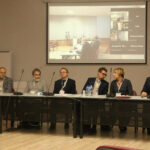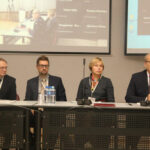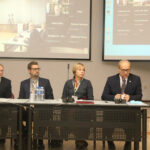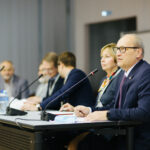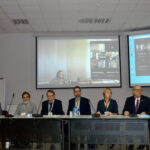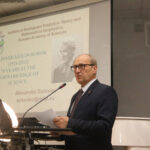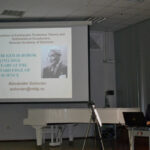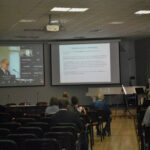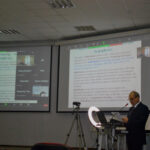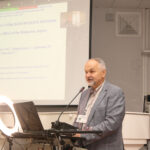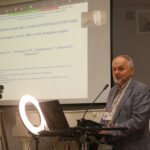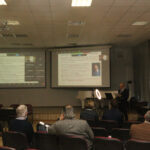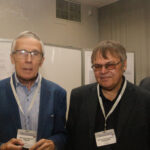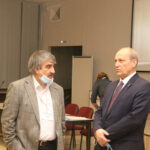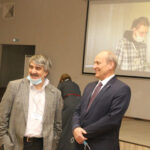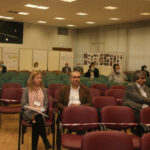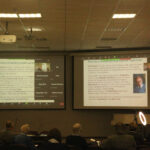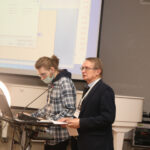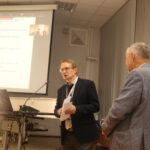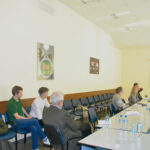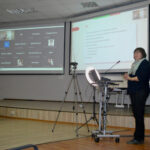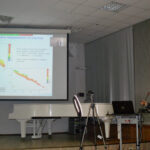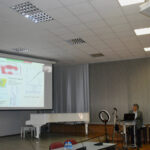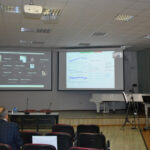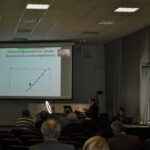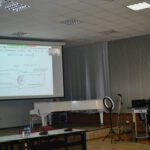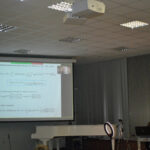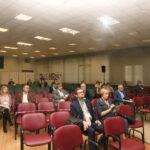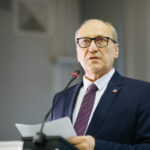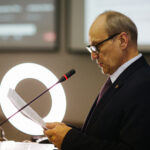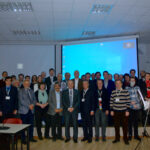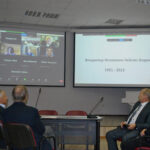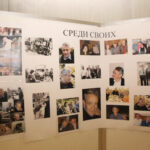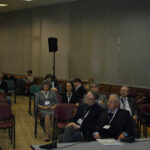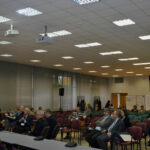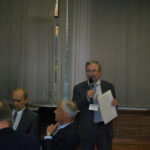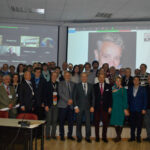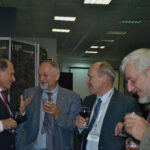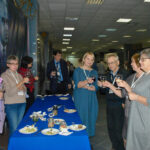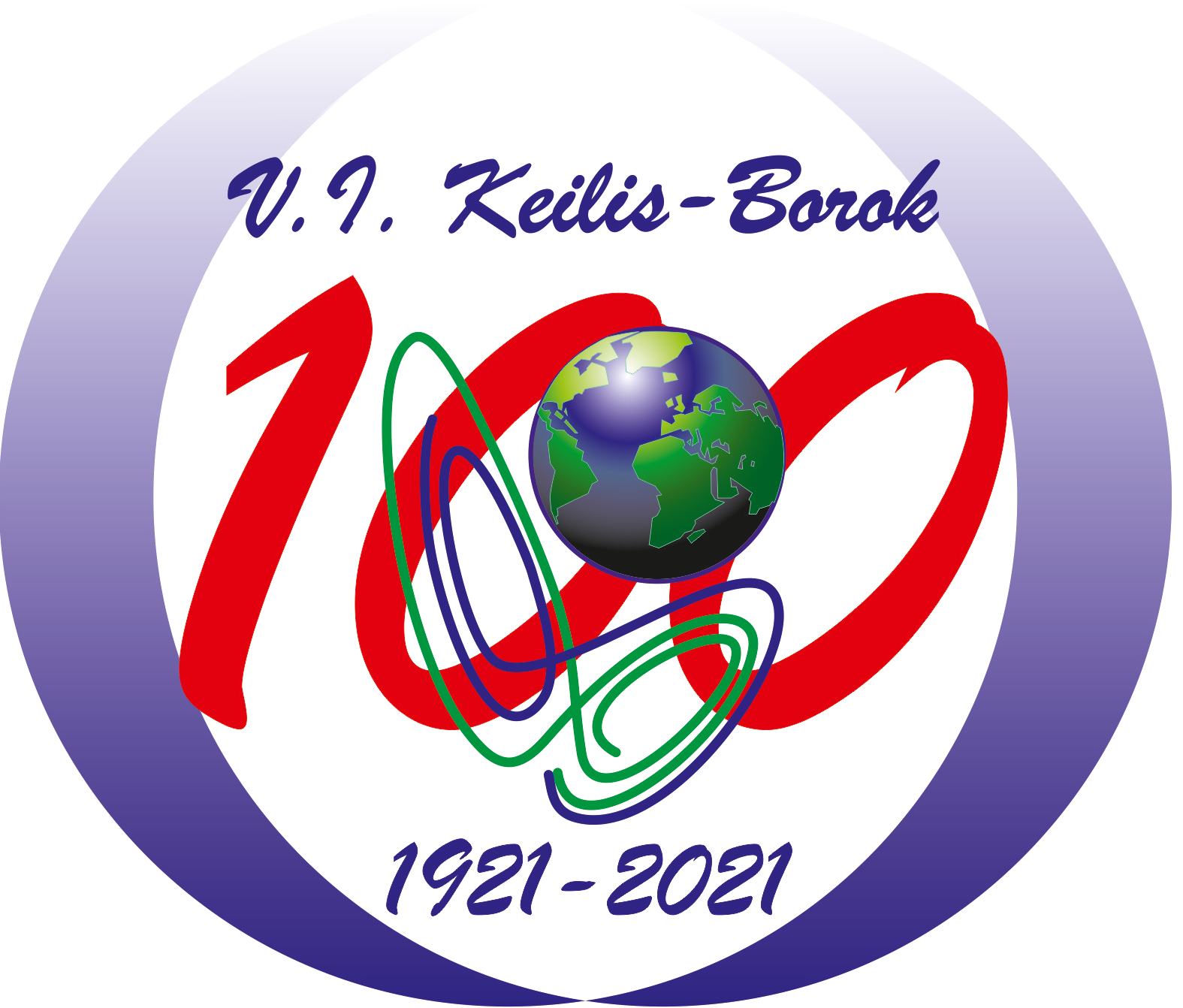 |
II All-Russian Scientific Conference with International Participation
«MODERN METHODS OF SEISMIC HAZARD ASSESSMENT AND EARTHQUAKE PREDICTION»
|
On September 29-30, 2021, II All-Russian conference with international participation “Modern methods of seismic hazard assessment and earthquake prediction” was held. This event was organized by the Institute of Earthquake Prediction Theory and Mathematical Geophysics of the Russian Academy of Sciences. The Conference was dedicated to the Centenary of Vladimir I. Keilis-Borok.
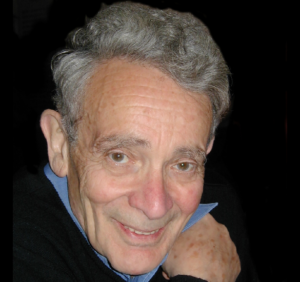
Vladimir Isaakovich Keilis-Borok (1921–2013), founder and the first Director of International Institute of Earthquake Prediction Theory and Mathematical Geophysics, Russian Academy of Sciences (MITPAN, now – IEPT RAS) in Moscow, Russian Federation, broke the barriers between high theory, numerical simulation, and data analysis for the purposes of implementation into the practice of investigation the hot, itchy and often controversial problems of Geophysics and other branches of Science.
“The major part of Keilis-Borok’s studies concerns dynamics and structure of the solid Earth, with focus on predictive understanding of seismicity. He introduced concepts of non-linear science to solid earth geophysics, considering the lithosphere as a hierarchical nonlinear system. Later on he extended his research to a wider class of non-linear complex systems in nature and society. Keilis-Borok and his school made a major breakthrough in the study of the most important and least understood feature of non-linear systems, persistent self-organization leading to abrupt overall changes. In different contexts those changes are called critical transitions, extreme events, bifurcations, disasters, catastrophes, and crises. He found basic regularities in development of critical phenomena and launched successful experiments in their advance predictions. This was done first for catastrophic earthquakes worldwide; later—for socio-economic phenomena, such as electoral change of a governing party, economic recessions, surges of unemployment, and crime waves. In collaboration with disaster management teams, he extended this work to optimization of disasters preparedness.”
From: Vladimir Keilis-Borok: A Biography, 2014, Ed. Anna Kashina, Ori Books, ISBN 9781-940076-11-9.
The Conference sessions were devoted to the problems of Seismic Hazard Assessment, including earthquake prediction and related fields of Earth sciences, which solution is inspired by V.I. Keilis-Borok. More than 150 leading Russian and foreign scientists and specialists took part in the conference. During the opening ceremony, the Director of the IEPT RAS P.N. Shebalin presented the talk “Vladimir Keilis-Borok (1921-2013) – 70 years at the forward edge of science”, which was prepared by Soloviev Al. An.
The session “Seismic hazard assessment, modern methods of earthquake prediction” (conveners – V.G. Kossobokov and A.I. Gorshkov) was devoted to modern approaches to the seismic hazard assessment that develop ideas of V.I. Keilis-Borok, including algorithms for predicting locations and times of the strongest seismic events in a region, along with the methods to assess reliability and confidence of forecast results, as well as the issues of relationship between geodynamics and seismicity, the innovative principles for developing new approaches to identification of safety measures intended to reduce the damage and losses from natural hazards.
The session “Mathematical geophysics and methods of seismological data analyzing” (convener – V.A. Zheligovsky) was devoted to the methods for analysing geophysical databases (seismological, geomagnetic, global positioning systems, etc.), including multidisciplinary Big Data, to new approaches for refining determination of earthquake parameters and constructing state-of-the-art models of earthquake foci based on broadband recordings of teleseismic waves, as well as to development of algorithms and techniques for detecting seismic signals against high-level noise for early warning purposes and theoretical methods for evaluating the quality of seismic monitoring algorithms. Other problems of mathematical geophysics was also considered including but not limited to the issues of theoretical magnetohydrodynamics.
Besides, a poster session (convener – A.K. Nekrasova) was organized during the conference.
On September 30, a special session “1921-2013: the Centenary of Vladimir I. Keilis-Borok” was held. The session was devoted to an overview of the Keilis-Borok’s life line, career and scientific contribution by his friends and colleagues.
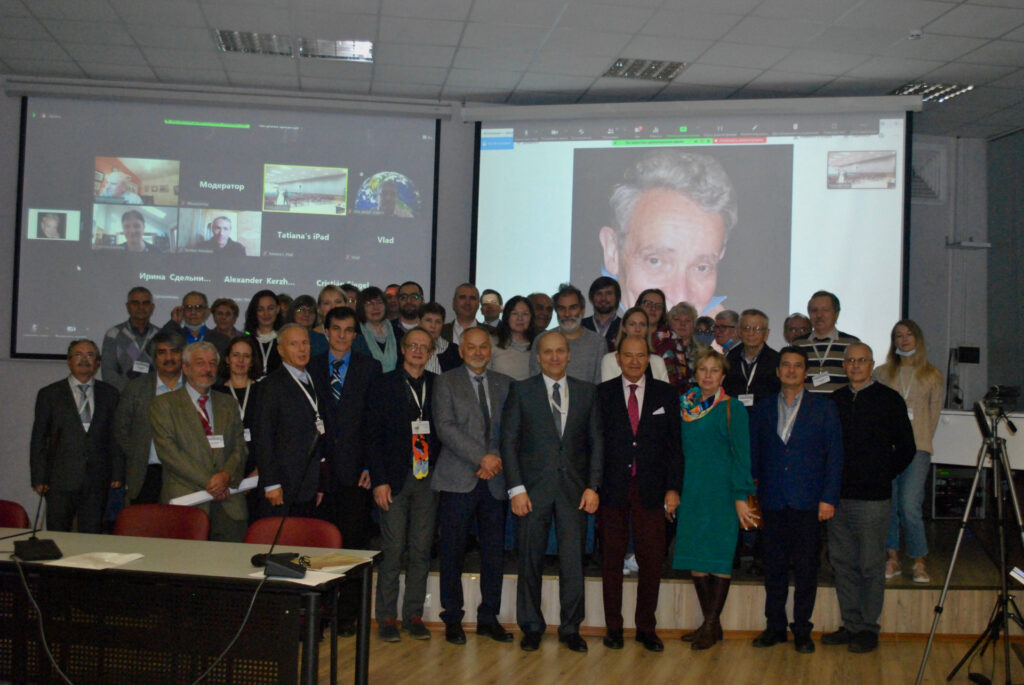
| Prof |
Al.An. Soloviev, chairman |
Institute of Earthquake Prediction Theory and Mathematical Geophysics of RAS |
| Prof |
A.I. Gorshkov, vice chairman |
Institute of Earthquake Prediction Theory and Mathematical Geophysics of RAS |
| Prof |
V.V. Adushkin |
Institute of Geosphere Dynamics of the Russian Academy of Sciences |
| Prof |
V. Courtillot |
Institut de Physique du Globe de Paris, Paris, France |
| Prof |
A.T. Ismail-Zadeh |
IEPT RAS, Karlsruhe Institute of Technology, Institute of Applied Geosciences, Karlsruhe, Germany |
| Dr |
J.K. Karapetyan |
Nazarov Institute of Geophysics and Engineering Seismology of the National Academy of Sciences of the Republic of Armenia |
| Prof |
А. Kijko |
University of Pretoria Natural Hazard Centre, Pretoria, South Africa |
| Prof |
V.G. Kossobokov |
Institute of Earthquake Prediction Theory and Mathematical Geophysics of RAS |
| Prof |
G.M. Molchan |
Institute of Earthquake Prediction Theory and Mathematical Geophysics of RAS |
| Prof |
C. Narteau |
Institut de Physique du Globe de Paris, Paris, France |
| Prof |
G. Panza |
Accademia Nazionale dei Lincei, Roma, Italy |
| Prof |
А. Peresan |
Istituto Nazionale di Oceanografia e Geofisica Sperimentale, Seismological Research Centre, Udina, Italy |
| Prof |
А.В. Ponomarev |
Sсhmidt Institute of Physics of the Earth of the Russian Academy of Sciences |
| Prof |
M.V. Rodkin |
Institute of Earthquake Prediction Theory and Mathematical Geophysics of RAS |
| Prof |
V.B. Smirnov |
Lomonosov Moscow State University |
| Prof |
An.Al. Soloviev |
Geophysical Center of the Russian Academy of Sciences |
| Prof |
G.M. Steblov |
Sсhmidt Institute of Physics of the Earth of the Russian Academy of Sciences |
| Prof |
Zl. Wu |
Institute of Earthquake Forecasting, China Earthquake Administration, Beijing, China |
| Prof |
I.V. Zaliapin |
Department of Mathematics and Statistics, University of Nevada Reno, USA |
| Prof |
V.A. Zheligovsky |
Institute of Earthquake Prediction Theory and Mathematical Geophysics of RAS |
| Prof |
P.N. Shebalin, chairman |
Institute of Earthquake Prediction Theory and Mathematical Geophysics of RAS |
| Dr |
O.V. Selyutskaya, vice chairman |
Institute of Earthquake Prediction Theory and Mathematical Geophysics of RAS |
| Dr A.K. Nekrasova |
Dr A.S. Fomochkina |
A.O. Antipova |
| L.A. Butova |
V.Kh. Kaberov |
A.I. Livinsky |
| O.A. Matsievskaya |
T.V. Prokhorova |
M.A. Semka |
| P.D. Shchepalina |
V.A. Timofeeva |
A.V. Trubenkov |





